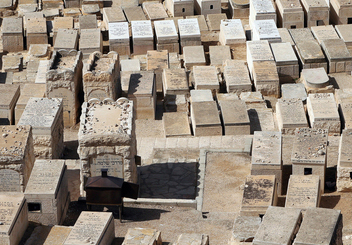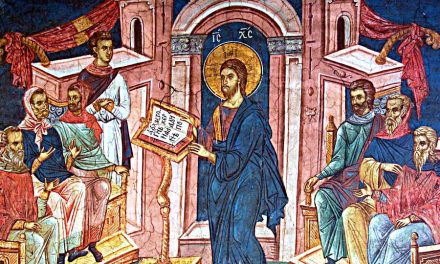Nehemiah 8:2-4a, 5-6, 8-10
Psalm 19:8-10, 15
1 Corinthians 12:12-30
Luke 1:1-4; 4:14-21
I will never forget the first time I watched Schindler’s List and sat at the end of the movie watching all of the cast silently place a stone on top of Oscar Schindler’s grave, tears streaming down my face. I then remember our teacher explaining that the reason they were putting stones on Schindler’s grave is because this is an ancient Jewish practice intended to remind themselves of the rebuilding of stone on stone that occurred after the return from the Babylonian exile (6th century BCE) – death and destruction do not have the final word, God calls us back to rebuild.
Each of the readings for this week speak of some kind of return. In Nehemiah, Ezra the scribe reads the Mosaic law to the people as the Temple is rebuilt and the people of Israel reclaim their homeland from the Babylonians. Psalm 19 speaks of the joy of those who live by God’s law (that is, God’s word to humankind). In Luke, Jesus returns to his hometown of Nazareth to begin his public ministry by opening the scroll of the Law to the book of Isaiah’s powerful image of hope and restoration. And Paul speaks of the wisdom and order with which God endows spiritual gifts for the good of the whole body of Christ that is the people of God. God leaves no stone unturned – so to speak – and places it carefully and intelligently into its proper place in the building up of the Temple/Body of Christ.
According to many of the early Church fathers, there are four layers of meaning to be found within Scripture: (1) the literal, (2) the moral, (3) the allegorical, and (4) the anagogical (a fancy word for the mystical level of deep contemplative union with God). Each layer is interconnected, and yet each layer reveals a distinctive insight into God’s intention for the salvation of humankind. In living out the deeper meaning of God’s self-disclosure in Scripture, we may find ourselves moving back and forth between various layers of insight and meaning. On the allegorical level, I am reminded of the ebb and flow of my own prayer life. Like the Israelites, I find myself wandering or being moved away from the source of my spiritual and moral life, and yet it always seems that God finds ways – sometimes gentle, sometimes jarring – to call me back. The literal, historical level of these stories of exile and return serve to remind me of this pattern in my own life and in the life of the Church. At other times there are moral lessons to learn – the need to bring glad tidings to the poor, to proclaim liberty to the captives, etc. But when I am attentive to God’s word, I find my life weaving in and out of the various layers of meaning and insight, sometimes at the most surprising of moments.
The anagogical level – the level at which one is called by Scripture to simply rest quietly in the presence of God – is ultimately the source of the spiritual and moral life. Like the Israelites returning from exile and feeling their souls refreshed by the law of the LORD (Ps 19:8), we come back in order to go forth with the renewed energy of the Holy Spirit. For one attentive to the rhythms and patterns of God’s call in one’s life, this is a pattern that continues throughout this entire journey to God through this human existence. And it seems that God provides just the right insights or wisdom at just the right moments to keep us moving toward our ultimate goal of loving friendship with God.





Trackbacks/Pingbacks